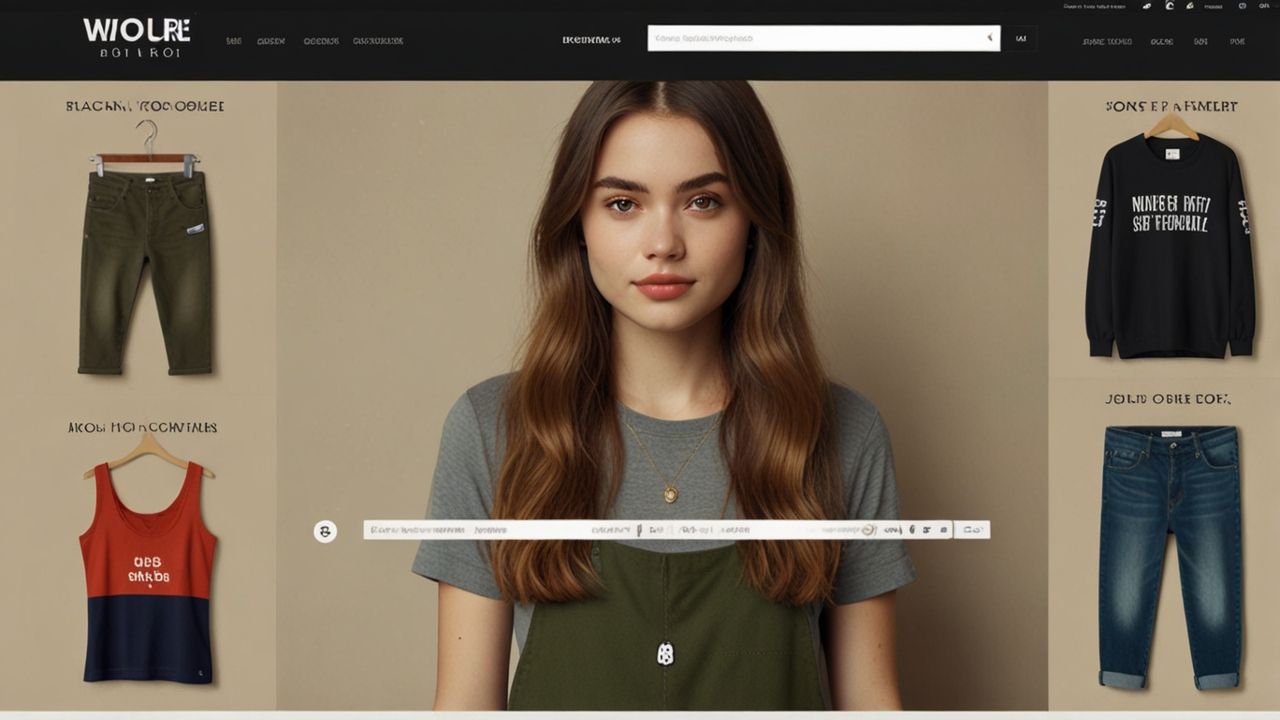
more than technical skills and graphic design expertise. Psychological principles can significantly influence how users perceive, interact with, and react to a website. Understanding human behavior and motivations allows designers to create websites that are not only visually appealing but also enhance user experience and drive engagement. In this article, we’ll explore how to use psychological principles to build engaging and effective websites.
The Importance of Psychology in Web Design
Psychology helps us understand how users process information, make decisions, and what motivates them to stay on or leave a website. By applying psychological insights, designers can create user-friendly, effective websites that ultimately lead to higher conversions and better results for businesses.
Key Psychological Principles in Website Design
1. Cognitive Load Theory: Keep It Simple
One of the most critical principles in web design is the need to reduce cognitive load. The human brain prefers simplicity and clarity. When a website presents too much information or a complex interface, users feel overwhelmed, which can lead to frustration and abandonment. To minimize cognitive load:
Use minimalist design.
Break content into digestible, easy-to-read chunks.
Keep navigation simple and intuitive.
2. Color Psychology: Evoke the Right Emotions
Colors have a profound impact on users’ emotions and behaviors. By understanding color psychology, designers can use specific colors to enhance user experience and prompt desired actions. For instance:
Blue evokes trust and calm, making it suitable for financial or professional websites.
Red stimulates excitement and urgency, encouraging immediate action, like in sales or sign-up forms.
Green represents balance and nature, often used for health or environmental sites.
3. Primacy Effect: Make a Strong First Impression
The primacy effect suggests that users are more likely to remember the first piece of information they encounter on a website. Therefore, the top section of your website is crucial for setting the tone and making a strong first impression. To leverage this principle:
Design a powerful, eye-catching header.
Place your value proposition and key offerings prominently at the top.
Use high-quality visuals that resonate with users immediately.
4. Fitts’s Law: Improve Usability with Target Sizes
Fitts’s Law states that the time required to reach an object is related to its size and distance from the user. This means larger, closer elements are easier to interact with. To improve usability:
Make primary buttons (like “Buy Now” or “Sign Up”) large and prominent.
Ensure key interactive elements are easy to find and click.
Space out clickable items to prevent user frustration from accidentally clicking the wrong button.
5. Scarcity Principle: Create Urgency
The scarcity principle is a psychological trigger that makes people value something more when it seems limited or exclusive. This sense of urgency can push users to act quickly. This principle is especially effective in e-commerce. To implement scarcity:
Use time-limited offers, such as flash sales or exclusive discounts.
Display low stock levels to encourage quick decisions.
Add countdown timers for special promotions.
6. Social Proof: Build Trust with User Validation
People tend to follow the actions and recommendations of others, especially when uncertain. Social proof, such as customer reviews, testimonials, or sales figures, can help build trust and guide user decisions. To effectively use social proof:
Feature positive customer testimonials prominently on the website.
Showcase the number of satisfied users, subscribers, or product sales.
Display logos of reputable partners or certifications to enhance credibility.
7. Repetition and Consistency: Reinforce Messages and Build Trust
Psychologically, repetition helps reinforce a message, while consistency builds trust. Users feel more confident and comfortable with a website that follows consistent design patterns and messaging. To achieve this:
Use consistent color schemes, fonts, and visual styles across all pages.
Repeat key messages and calls to action (CTAs) throughout the site to strengthen their impact.
Conclusion
By understanding and applying psychological principles, you can create websites that not only look great but also resonate deeply with your target audience. By crafting experiences that are engaging, intuitive, and persuasive, you can drive higher conversions, build stronger brand loyalty, and achieve your business goals.
If you’re ready to take your website to the next level and unlock its full potential, let our team of expert designers help you. We specialize in creating websites that are not only visually stunning but also psychologically effective. Contact us today to discuss your project and learn how we can help you achieve your online success.




